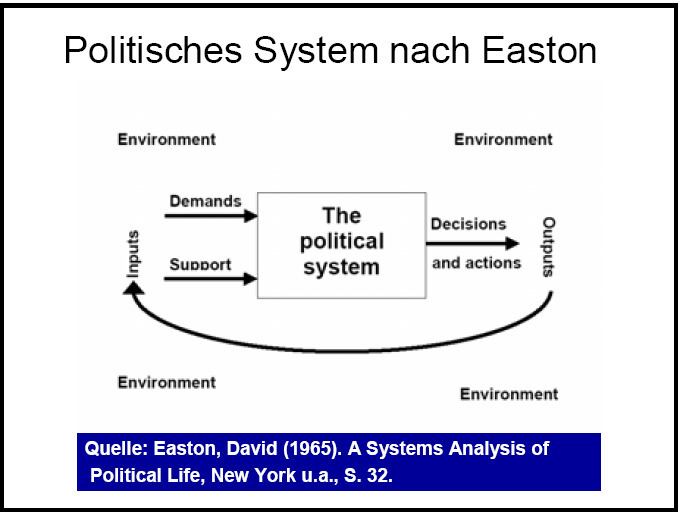 | ||
Government competitiveness is a new concept created by Tobin Im, a scholar of public administration and a professor at the Graduate School of Public Administration at Seoul National University. Since 2011, Center for Government Competitiveness (CGC) at Seoul National University has developed the Government Competitiveness (GC) index which evaluates government achievements in the various fields and furthermore provides policy recommendations to increase competitiveness of government in the future.
Contents
Description
Government competitiveness (GC) is often confounded with similar concepts. One of the prominent examples is national competitiveness. A variety of institutions have developed indices measuring the level of national competitiveness. Two indices, the World Competitiveness Scoreboard (WCS) developed by the International Institute for Management Development (IMD) and the Global Competitiveness Index (GCI) built by the World Economic Forum (WEF) have come to dominate the field of competitiveness studies.
The International Institute for Management Development WCS and the World Economic Forum the Global Competitiveness Index view national competitiveness akin to how business-friendly a nation is, and focus upon economic and market indicators. As such, if a nation is a good place for foreign firms to do business and make money, it will, as a result, also be viewed as competitive. Following this logic, the role played by government then, is mainly restricted to constructing an environment that is attractive to businesses.
Emphasizing the broader fields of government activities, several institutions have started to develop indicators emphasizing the role of government in driving development and national competitiveness. Prominent examples include The World Bank’s Worldwide Governance Indicators (WGI) and the Quality of Government Institute’s (QGI) (the University of Gothenburg) Quality of Government indicators(QoG).
While these two indices constitute important steps toward improving our understanding of how government contributes toward competitiveness, they have also revealed numerous theoretical and methodological shortcomings related to the study of governments’ role in fostering national competitiveness.
Since 2011, Center for Government Competitiveness (director: Tobin Im) has developed the GC index mainly focusing on government capacities and roles in national development. After investigating the limited capabilities of existing competitiveness indicators to define and measure the level of GC, the CGC has tried to develop a novel approach to conceptualizing and measuring GC. According to Ho and Im (2012), the concept of GC can be defined as “the power of government to, in light of various constraints, take resources from in and outside of the country and improve social, economic and cultural conditions of the nation in order to sustainably enhance citizens’ quality of life.” Moreover, the concepts of ‘constraints’ and ‘quality of life’ can be interpreted in various ways, depending on a nation’s unique environments.
The CGC builds the GC index based on David Easton’s system theory as a theoretical framework. Therefore, the GC index has four sub-factors: a) input, b) throughput, c) output, and d) outcome. To measure government roles and activities in varies fields beyond economic growth, each GC sub-factor includes 339 variables measured in ten fields of government activities: a) economy, b) education, c) health and welfare, d) agriculture and food, e) general government, f) research & development (R&D), g) information and communications technology (ICT), h) energy and environment, i) culture and tourism, and j) disaster management.
By considering different experiences and policy practice between developed countries and developing countries, the CGC measures the level of government competitiveness by applying different criteria to the OECD and to non-OECD countries. For non-OECD countries, the eight fields of government activities are included. Specifically, the six fields of government activities, economy, education, health and welfare, agriculture and food, energy and environment, and ICT, are commonly applied to the OECD and non-OECD countries. Two more fields, the internal workings of government and overall activities of government, are included.
